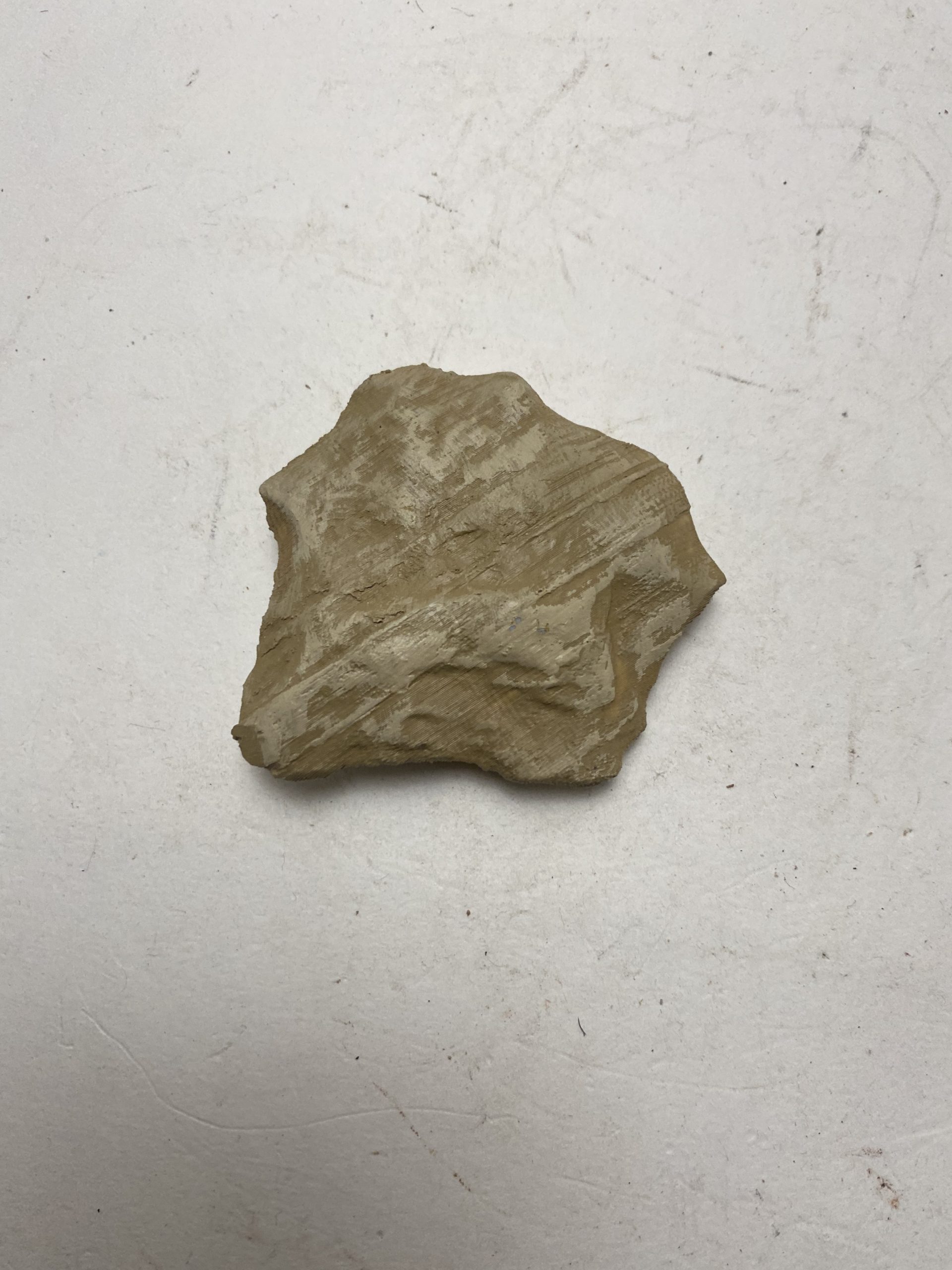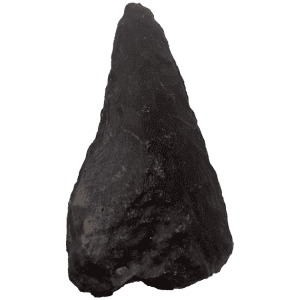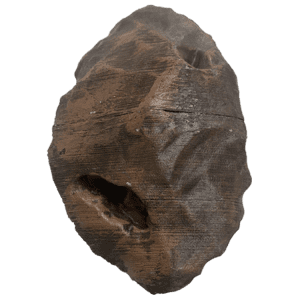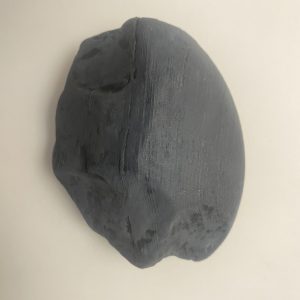Description
The manufacturing process is detailed, showcasing the intentional shaping techniques employed by skilled artisans to create a functional and adaptable trapezoidal tool. The model accurately captures the characteristic morphology of Upper Palaeolithic trapezes, featuring a trapezoidal shape with a bifacially worked surface and pointed or blunted tips. The tool’s form is designed for a balance of weight distribution, ergonomic grip, and versatility in use, suitable for various cutting and hunting activities.
The model highlights the intentional shaping of the edges, featuring retouching or modification to enhance sharpness and effectiveness. The trapeze’s edges are crafted for efficient cutting, making it suitable for a variety of applications in daily life and hunting activities. The model showcases either pointed or blunted tips, depending on the intended use of the trapeze tool. The tip configuration enhances the tool’s versatility, allowing for detailed work and controlled cutting or hunting tasks.
Attention to ergonomic considerations in the model reflects the trapeze tool’s comfortable grip and balance, optimizing its utility for extended periods of use. The ergonomic design minimizes user fatigue during prolonged cutting, carving, or hunting activities.
The model may incorporate realistic use-wear patterns, replicating the distinctive traces left by repeated use in cutting and hunting activities. Use-wear patterns provide insights into the tool’s function and the materials it was used to process.
The trapeze tool model serves as an essential educational tool for archaeologists, anthropologists, and enthusiasts interested in lithic technology and the tools of Upper Palaeolithic hominins. It contributes to a deeper understanding of Upper Palaeolithic lithic traditions and the technological adaptations of ancient human populations during this period.
Researchers can utilize the model for studies on lithic technology, raw material sourcing, and cultural behaviour, offering a tangible representation for experimental archaeology and comparative analyses.
Constructed from durable, museum-quality materials, the model ensures longevity and authenticity, making it suitable for exhibition in educational settings, museums, and research institutions.
The Upper Palaeolithic trapeze model’s accurate representation offers valuable insights into the technological and cultural adaptations of ancient humans during this critical period of prehistory. Its meticulous design and scientific accuracy make it an essential tool for education, and research, and as a visual representation of the specialized tools employed by Upper Palaeolithic societies.






Reviews
There are no reviews yet.